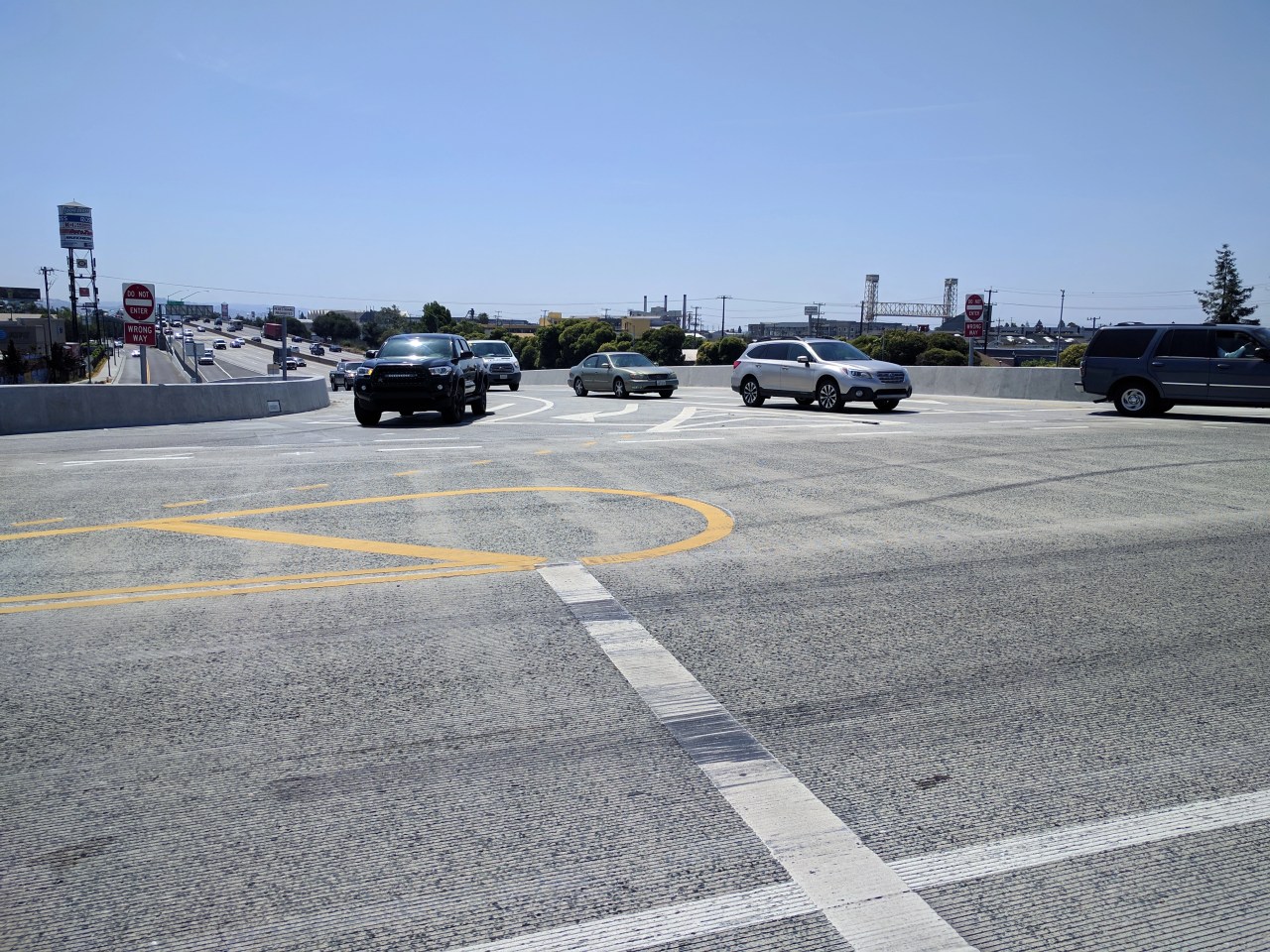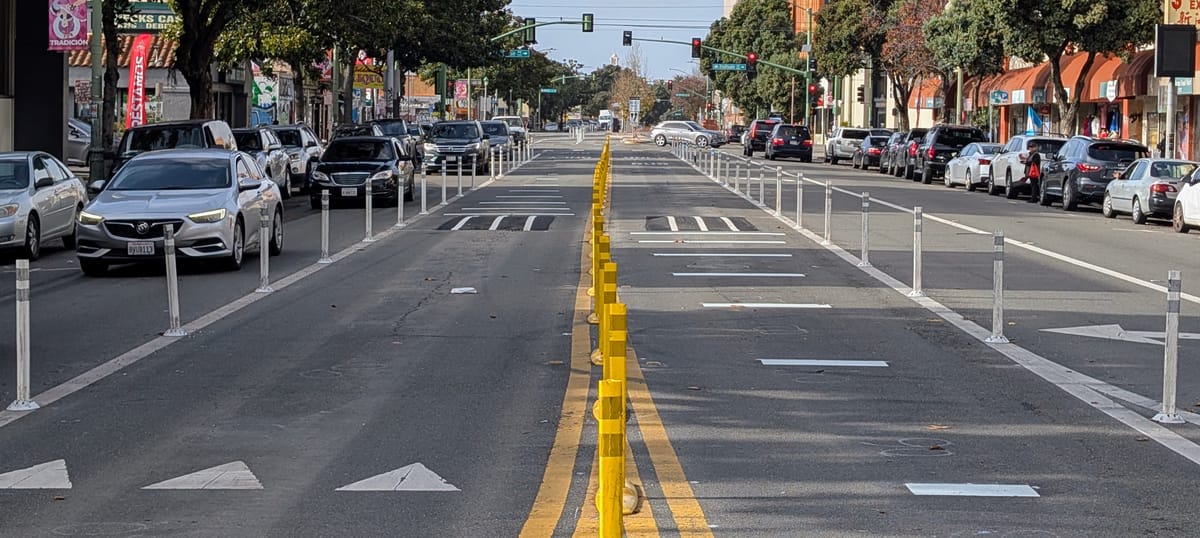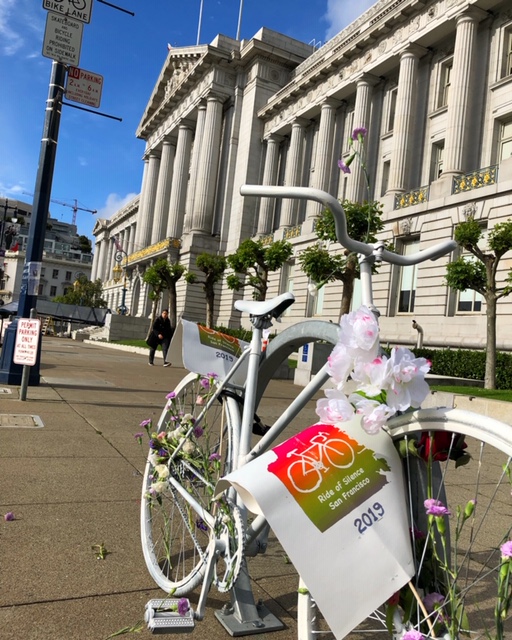Note: GJEL Accident Attorneys regularly sponsors coverage on Streetsblog San Francisco and Streetsblog California. Unless noted in the story, GJEL Accident Attorneys is not consulted for the content or editorial direction of the sponsored content.
Last year, then-director of Caltrans Toks Omishakin issued a Director's Policy calling for the Department to consider the needs and safety of people on foot, on bike, and on transit in all of its projects. Then in July, the Caltrans Office of Sustainability issued a Complete Streets Action Plan [PDF], which identified "key high-priority tasks" to get the ball rolling on implementation as soon as possible.
Caltrans just issued its first quarterly update highlighting what it has completed so far. The release includes a pie chart with the number of the tasks it has set for itself in the Action Plan, showing that more than three quarters of them are completed or underway. It also offers a few highlights of specific successes, namely:
- Developing a process for including complete streets in maintenance projects. This is a key first step, and Office of Sustainability says it has "established a process to support the inclusion of complete streets elements in major pavement & bridge maintenance projects, requiring District Director review any projects that do not include bike, pedestrian or transit elements."
- Updated design guidance for separated bikeways. This is another important first step: the addendum to the official state highway design guide now discusses the role of the greater bike network in relation to separated bikeways and includes specific design criteria for various types of separated bikeways for projects on and off the state highway system. For example, the updated guidance goes over the factors that need to be considered when designing one-way and two-way separated bikeways, as well as guidance for bikeways at intersections, alleys, driveways, loading zones, transit stops, and passenger drop-off zones, and where bikeways intersect pedestrian crossings.
These are both among the actions listed in the Complete Streets Action Plan as being the responsibility of staff at Caltrans headquarters. There are also many tasks assigned to the twelve districts, each of which is at a different stage of incorporating the new policy. The update highlights two such actions:
- District 10 (Stockton) has established its first Bicycle and Pedestrian Advisory Committee, which has met three times already. The BPAC is "exploring the possibility of establishing a subcommittee on community equity and engagement." (There may be something temporarily wrong with the Caltrans website, but the link to this committee doesn't seem to work.)
- One of the actions in the plan is for districts to develop funding targets for complete streets. To that end, District 11 (San Diego) is dedicating $3 to $4 million in the current funding cycle (about ten to fifteen percent of its "Minor SHOPP budget") to complete streets, and plans to continue this into the future.
These are just the projects highlighted in a press release - Streetsblog is trying to find out more.
Kudos to Caltrans for not burying or ignoring this Director's Policy, which seemed to be what happened the last time they tried something similar, in 2014. This is a huge cultural shift for the Department of Transportation, and likely will take time before it makes a visible difference on California streets and highways. That makes it all the more important that Caltrans let the public know whether and what progress is being made, so they can be held accountable for these important milestones.
Nevertheless, it would be useful to have a bit more detail about these beneficial and necessary changes. For example, is District 11's newly dedicated funds for complete streets projects, or for parts of projects already in the works? Does it improve those projects or just move money around? From the very general information available right now, it's difficult to tell.





